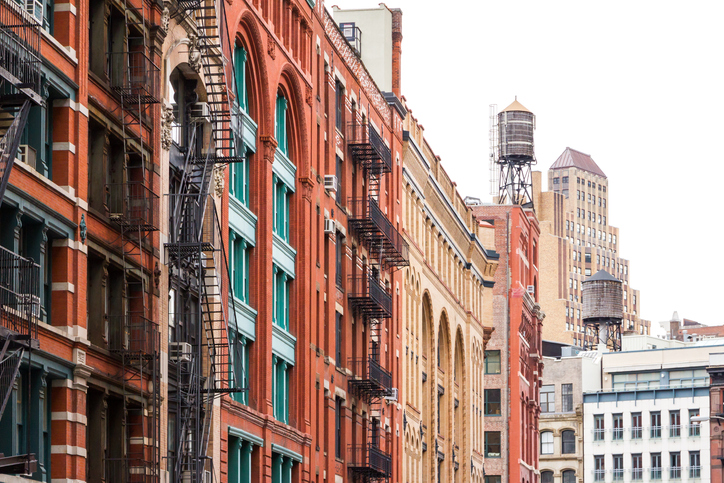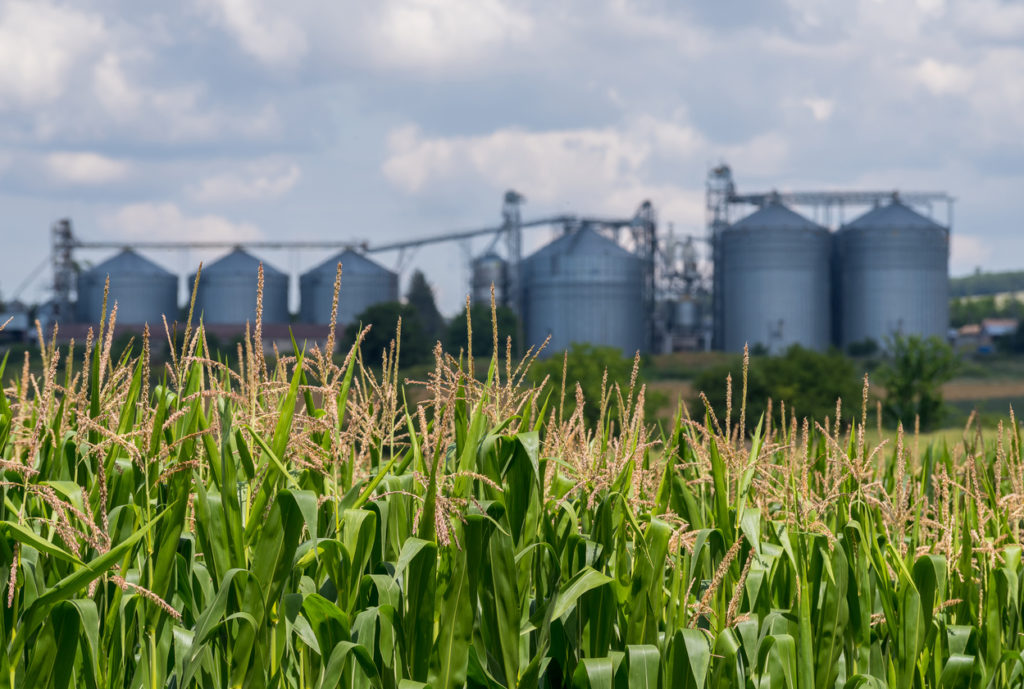Section 1031 And The Economy
SECTION 1031 IS, AT ITS CORE, A POWERFUL ECONOMIC STIMULATOR GROUNDED IN SOUND TAX POLICY
Internal Revenue Code Section 1031 provides significant benefits to taxpayers of all sizes with direct and indirect economic stimulus effect on a myriad of industries and small businesses across the country. Like-kind exchanges stimulate capital investment and contribute to the velocity of the economy by generating jobs and taxable revenue for businesses ancillary to the exchange. In addition, exchanged properties reduce reliance on debt and leverage, which is important in periods of economic stress.





Like-kind exchanges are used by and benefit a broad spectrum of taxpayers
Like-kind exchanges are important to the efficient operation and ongoing vitality of thousands of American businesses in a wide range of industries, business structures, and sizes, which in turn strengthen the U.S. economy and create jobs. These businesses provide essential products and services to U.S. consumers and are an integral part of our economy.
Section 1031 enables small and mid-sized businesses to make smart business decisions to transition into facilities and locations that will efficiently meet their needs for tomorrow, instead of being tax-locked into yesterday’s inefficiencies. Exchanges of single-family rental units and small apartment buildings by middle-class individuals of modest means are common. Farmers and ranchers exchange acreage to relocate, consolidate or improve their operations without diminishing their cash flow.
SECTION 1031 STIMULATES CAPITAL INVESTMENT FOR THE HIGHEST AND BEST USE OF REAL ESTATE
Like-kind exchanges permit efficient use of capital to preserve and manage cash flow and also encourage U.S. businesses to reinvest in their domestic operations, rather than offshoring business activity. The value of assets exchanged remains invested in the taxpayer’s business. Eliminating Section 1031 would tax cash flow, not wealth, because tax deferral benefits are only available if the taxpayer reinvests in like-kind replacement property.
Microeconomic impact studies by Professors David C. Ling and Milena Petrova, focusing on commercial real estate, found that businesses and entrepreneurs would have less incentive and ability to make real estate and other capital investments without like-kind exchanges. The immediate recognition of a gain upon the disposition of property being replaced would impair cash flow and could make it uneconomical to replace that asset. This study further found that taxpayers engaged in a like-kind exchange invest significantly more capital in replacement property than non-exchanging buyers.


Because like-kind exchanges encourage capital to efficiently and effectively flow to where it’s most needed, Section 1031 encourages capital investment for the highest and best use of real estate. That means like-kind exchanges will serve as a useful tool in repurposing the large amounts of retail and office space that are expected to become vacant or underused as a result of the coronavirus pandemic.
- Like-kind exchanges contribute to the velocity of the economy. Section 1031 stimulates a broad spectrum of transactions which, in turn, generate jobs and taxable income through business profits, wages, commissions, insurance premiums, financial services, and discretionary spending by gainfully employed workers. Realtors, brokers, appraisers, surveyors, insurers, lenders, contractors, building materials suppliers and others who support, augment or facilitate the exchange are just some of the many people who benefit from Section 1031. A 2021 macroeconomic impact study by EY estimated that like-kind exchanges will support creation of 568,000 jobs, $27.5 billion of labor income, and $55.3 billion of value-added to U.S. GDP in 2021.
- Like-kind exchanges reduce reliance on debt and leverage, which is important during periods of economic stress. Data from the recently updated Ling & Petrova study shows that properties acquired in an exchange have mean loan-to-value ratios of 30 percent compared to 43 percent for properties acquired in fully taxable transactions. The reduced reliance on leverage removes a potential source of economic risk. Because like-kind exchanges are less reliant on outside sources of financing, they are an important tool for commercial real estate at a time when the industry is facing unprecedented challenges due to the coronavirus pandemic.
- Tax does get paid. The Ling and Petrova studies found that an overwhelming majority of replacement properties acquired in a Section 1031 exchange were ultimately disposed through a taxable sale, rather than through a subsequent exchange or other non-recognition transfer. Moreover, the data disclosed that one-third of exchanges incur some tax in the year of the exchange because there is immediate tax liability on any “boot,” which is cash or other property in addition to the like-kind property.
- Like-kind exchanges generate additional tax revenue. Recent research by EY found that like-kind exchanges generate $7.8 billion in annual state, local, and federal taxes. EY also estimated that approximately $6 billion of annual additional taxes are paid by exchanging taxpayers due to foregone depreciation on their replacement properties.
Since 1921, like-kind exchanges have stimulated capital investment in the United States by allowing funds to be fully reinvested in the enterprise. These investments benefit not only the taxpayers making the like-kind exchanges, but also unrelated businesses upstream and downstream from the exchange transaction. Eliminating or limiting like-kind exchanges would have a contraction effect on our economy by increasing the cost of capital, slowing the rate of investment, increasing asset holding periods, and reducing transactional activity. Given the current and future economic climate, our nation’s tax policies should encourage, rather than hinder, the survival and successful growth of small and mid-sized businesses.
